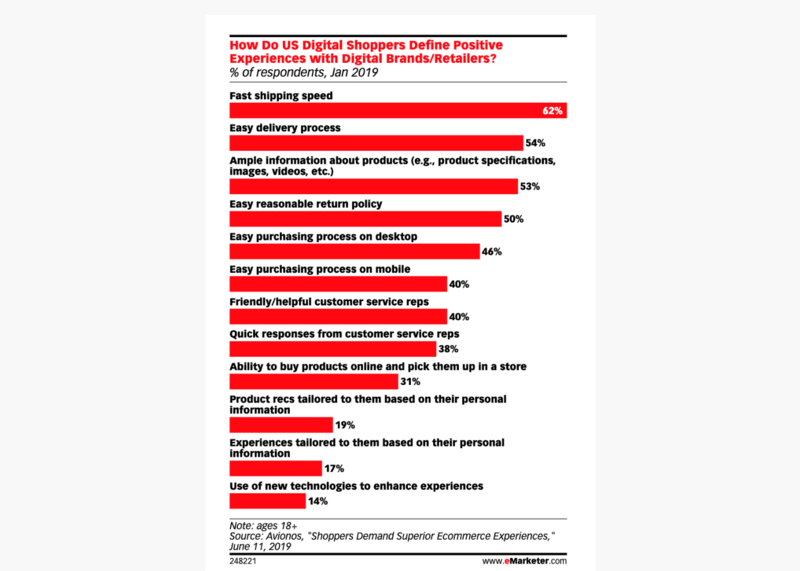Load Planning: How to Start Optimizing Your Deliveries
479
0
·
2020/06/11
·
4 mins read
☕
WriterShelf™ is a unique multiple pen name blogging and forum platform. Protect relationships and your privacy. Take your writing in new directions. ** Join WriterShelf**
WriterShelf™ is an open writing platform. The views, information and opinions in this article are those of the author.
Article info
Categories:
⟩
⟩
Tags:
Date:
Published: 2020/06/11 - Updated: 2020/06/11
Total: 769 words
Like
or Dislike
More from this author
More to explore











Making the most of your freight vehicles and drivers is a constant challenge for all trucking companies, large and small.
And that’s especially important in an economy where the competition on price is increasing all the time. In 2019, increasing price pressure from competitors was a significant challenge for 41% of trucking companies and 38% of shipping companies.
Load planning, when done right, can help you to compete on price.
It can help lower your mileage, improve your delivery capacity, and (ultimately) reduce your overhead and increase your profit margins.
What Is Load Planning?
Load planning is the process of consolidating and optimizing the packing of cargo into a single truck or delivery vehicle. The ultimate goal is to move as much cargo as possible with the lowest number of vehicles.
But it’s not as simple as squeezing the maximum number of pallets into a container. You need to consider the vehicle’s specifications (refrigeration, for instance), center of gravity, destinations, type of product, and much more.
4 Primary Responsibilities of a Load Planner
Your business’ load planner has the responsibility of improving the efficiency of your entire operation. Maximizing the capacity of your fleet is the key to more efficient outbound logistics, reduced overhead, and bottom-line business growth.
That being said, there are four primary responsibilities that are higher priority than others.
#1. Maximize the capacity of each truck and driver
A load planner must be able to mix and match loads based on cargo type, destination, size, and vehicle capacity.
For example, they have to mix larger packages with smaller loads for optimal space utilization while also considering the destination of each package (when it’s unpacked), the weight and balance, giving sensitive cargo the protection it needs, sharing loads between drivers and more.
They also have to consider whether palletized cargo is the right choice or whether to use a different loading process.
All this, and more, to ensure that each shipment safely reaches its destination on time.
#2. Comply with regulations
35% of truckers find complying with new regulations an ongoing challenge. With a sophisticated approach to load planning, that considers vehicle characteristics and not just basic capacity, you can ensure compliance for all your trucks and loads.
If only a few trucks are refrigerated or certified to ship non-radioactive hazardous material (NRHM), you have to balance all relevant loads between them.
In addition to that, when you load orders into a truck, you effectively commit that truck and driver to a certain workload. If the load planner underestimated the required time, the driver would face a choice between violating hours of service (HOS) regulations or delivering a load behind schedule.
#3. Cut unnecessary costs
It’s not just about squeezing as much cargo into a single truck as possible. A load planner should also consider factors like loading sequence, destinations, driver overtime, and more.
Bad load planning leads to more trucks and drivers than required in action at any given time. Unforeseen delays can also cause shipments to need to be repeated, which causes additional mileage, overtime, and more.
#4. Create productive partnerships
As an LTL carrier, if you want to expand your business to new routes, a single ongoing contract probably won’t be enough.
By partnering with other trucking companies that cover the new area, you can expand your operations and increase revenue without the ability to send a fully loaded truck on a route.
The Main Problems with Traditional Load Planning
Even combining similar loads to a single location is complicated when you have different deadlines and truck capacities.
With a variety of clients, destinations, and cargo with different requirements and regulations, it’s an impossibly complex task. Doing everything manually is not a good idea.
#1. Manually planning and sequencing orders is time-consuming
There are a lot of factors to consider, from cargo requirements and vehicle characteristics to how you group destinations together. With a traditional, manual approach to load and route planning, you end up with a lot of operational overhead.
Even in a mid-sized company, you probably need multiple people on the job, especially if you still rely on older solutions, or worse, Excel spreadsheets.
#2. Failure to consider driver workloads and overtime
A traditional approach and old load planning systems don’t factor in other expenses like driver overtime and workloads. That means you have to manually audit and adjust any generated plan.
#3. Manually planned routes are inefficient
Even if you have a dedicated team planning your routes, these routes are rarely efficient. Your drivers will spend unnecessary working hours and gas by following these directions.
This article originally appeared on optimoroute.com.